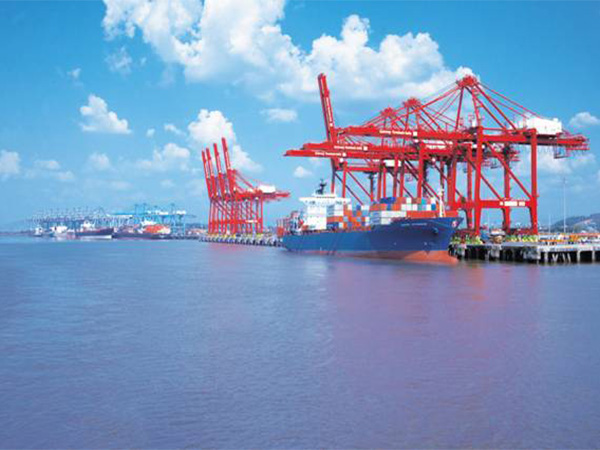India’s Major Ports have achieved unprecedented milestones in the financial year 2024-25, marking a landmark year for the country’s maritime sector. The Ministry of Ports, Shipping and Waterways announced that total cargo handled by Major Ports rose to approximately 855 million tonnes, up from 819 million tonnes in the previous fiscal year, representing a significant annual growth rate of 4.3 percent.
This growth in throughput highlights the robustness and scalability of Indian ports in managing rising trade demands. The increase was driven by a surge in container traffic, which grew by 10 percent, fertilizer cargo by 13 percent, POL (Petroleum, Oil, and Lubricants) cargo by 3 percent, and miscellaneous commodities by 31 percent compared to FY 2023-24.
Among the various categories of cargo handled, POL led with a volume of 254.5 million tonnes, accounting for 29.8 percent of the total. This was followed by container traffic at 193.5 million tonnes (22.6 percent), and coal at 186.6 million tonnes (21.8 percent), while other key commodities included iron ore, pellets, and fertilizers.
In a first for the Indian maritime industry, the Paradip Port Authority (PPA) and Deendayal Port Authority (DPA) each crossed the 150-million-tonne threshold in cargo handling. Jawaharlal Nehru Port Authority (JNPA) also recorded an operational high by handling 7.3 million TEUs, an increase of 13.5 percent year-on-year, further cementing its role as a premier container handling hub.
In line with its strategy for port-led development, the Ministry allocated 962 acres of port land in FY 2024-25, with an estimated value of ₹7,565 crore. This land is projected to attract investments worth ₹68,780 crore in future infrastructure and industrial projects. The private sector has played a crucial role in this growth, with Public-Private Partnership (PPP) investments tripling from ₹1,329 crore in FY 2022-23 to ₹3,986 crore in FY 2024-25.
Operational efficiency at Major Ports has also seen a marked improvement. Pre-Berthing Detention (PBD) Time on port account improved by approximately 36 percent compared to the previous year. Financial performance was equally strong, with total income increasing by 8 percent to ₹24,203 crore, up from ₹22,468 crore in FY 2023-24. Operating surplus rose by 7 percent, reaching ₹12,314 crore.
Reflecting on these achievements, Union Minister of Ports, Shipping and Waterways Sarbananda Sonowal expressed pride in the progress made. He credited the transformational leadership of the Hon’ble Prime Minister and the collective effort of the Ministry, port authorities, and stakeholders. The Minister emphasized that these milestones underscore the Ministry’s commitment to building sustainable, globally competitive ports that will power India’s future trade ambitions.
Over the past decade, India’s Major Ports have recorded a remarkable trajectory of growth. From handling 581 million tonnes of cargo in FY 2014-15, volumes have increased to approximately 855 million tonnes in FY 2024-25, reflecting a compound annual growth rate (CAGR) of around 4 percent. Containerized cargo saw a notable 70 percent rise, growing from 7.9 million TEUs to 13.5 million TEUs over the same period. Traditional cargo segments such as coal, iron ore, fertilizers, and POL have also shown significant expansion.
Productivity indicators reflect this decade-long transformation. Output per Ship Berth Day (OSBD) rose from 12,458 tonnes to 18,304 tonnes. Average Turnaround Time (TRT) improved by 48 percent, reducing from 96 hours to 49.5 hours. Pre-Berthing Detention Time decreased from 5.02 hours in FY 2014-15 to 3.8 hours in FY 2024-25, while idle time dropped from 23.1 percent to 16.3 percent, signaling enhanced operational discipline and asset utilization.
Financially, the growth has been just as compelling. The total income of Major Ports more than doubled from ₹11,760 crore in FY 2014-15 to ₹24,203 crore in FY 2024-25, with a 10-year CAGR of 7.5 percent. The operating surplus nearly tripled during this period, driven by a 13 percent CAGR, while the operating ratio improved from 64.7 percent to 42.3 percent, underlining the ports’ growing financial sustainability.










